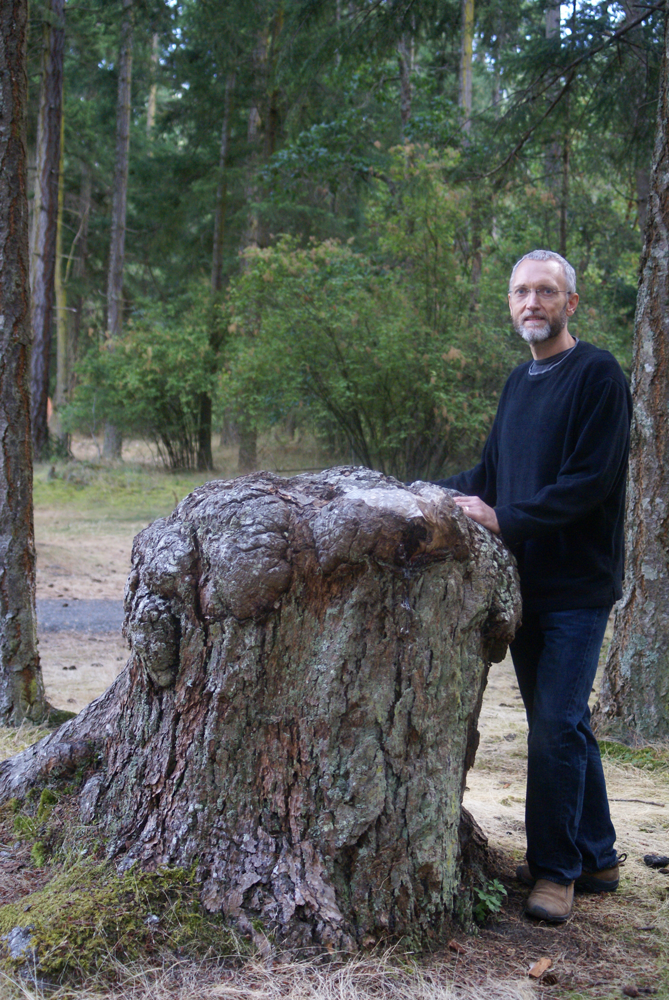Mycorrhiza are the Planet’s Inter-Genus Translators
Mycorrhiza form a symbiotic association between the fungus and plants. Mycorrhiza can link plants of one species to other plants of the same species, or with plants from different species, genus, and families. This can create links between trees and shrubs. The term mycorrhiza refers to the role of the fungus in the plant’s rhizosphere – its root system. Mycorrhizae play important roles in plant nutrition, soil biology and soil chemistry.
Mycorrhiza has no chlorophyll. It cannot photosynthesize, by capturing sun rays as plants can. Mostly, mycorrhiza are mushrooms and they only surface when attempting to spread their spores. Some mushrooms, like truffles, do not even crest the ground surface, instead relying on squirrels and other forest critters to dig them and eat the truffles to spread the spores around the forest. This creates the need for the symbiotic relationship with plants. Trees photosynthesize and create nutrients to move down the stem to the roots. At the roots, mycorrhiza form associations with tree roots where an exchange is made. Trees share nutrients with the mycorrhiza, while mycorrhiza share water. The web of deep hyphae capture water far from the tree roots, to share with their associates.
In a mycorrhizal association, the fungus colonizes the host plant’s root tissues, either intracellularly as in arbuscular mycorrhizal fungi (AMF or AM), or extracellularly as in ectomycorrhizal fungi. The association is oftentimes mutualistic.
Tree Stumps Grow?
Trees in this park were cut, logs and limbs were taken away. Then the stumps started to grow ‘healing’ cambum. Bark formed, and the scar of tree stem removal was healed. These trees have no limbs, no way of getting photosynthetically generated energy from the sun – at least not directly. Other trees with green branches are generating photosynthetic energy, sharing it through the mycorrhizal associations, and these stumps show signs of life.
They will die, right?
Mycorrhiza are connecting trees and shrubs into this web of connections. Living trees share nutrients through the mycorrhizal web to give the stumps the energy to feed the cambium, which also grows new bark. At the same time, the roots of these stumps can still serve as a node of energy transfer. This is the original internet, only this one shares life around the web.
Tree stump living superorganism of the forest
Tech & Science
Newsweek published an article stating “tree stump that should be dead—but isn’t—has been discovered in a forest in New Zealand”. Read it here. The problem is, this event was neither current news, nor were their facts completely accurate. There is no evidence to suggest that the roots of a tree can “graft” with the roots of other trees. They can form a symbiotic relationship with other plants through mycorrhizal associations. That is where the bonds are made with nutrients exchanged with water.
